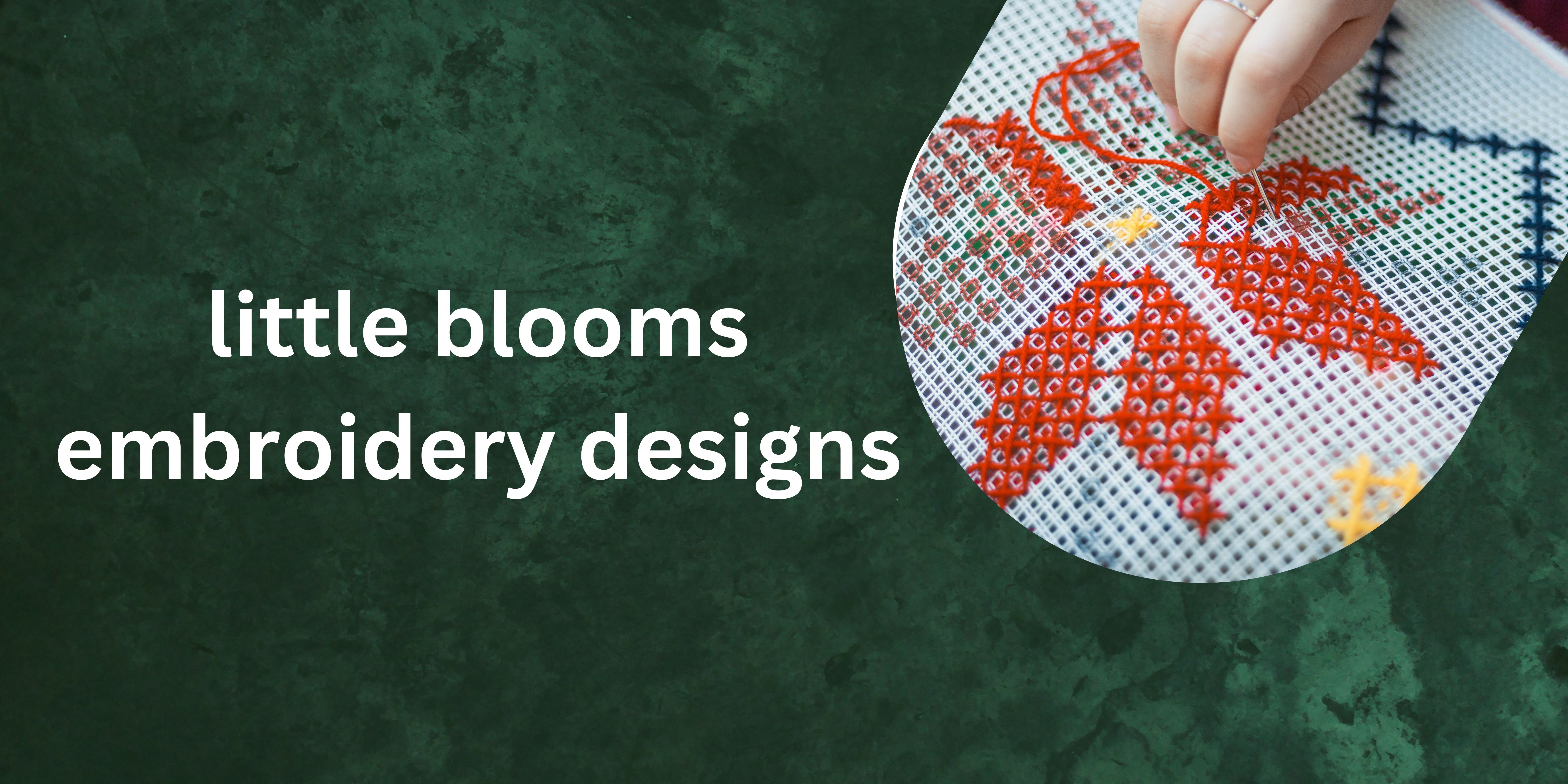
Sustainability in Textile Design: The Future of Fabric Creation
Sustainability in Textile Design: The Future of Fabric Creation
The fashion industry is evolving, and sustainability has become its guiding star. As consumers become increasingly aware of the environmental impact of their choices, sustainable textile design is emerging as a crucial element in the future of fashion. In this blog, we explore how sustainability is shaping the future of fabric creation, from eco-friendly materials to innovative techniques, paving the way for a greener fashion industry.
The Rise of Sustainable Textile Design
For years, the textile and fashion industries have been notorious for their significant ecological footprint. Excessive water consumption, chemical pollution, and waste generation have long been hallmarks of traditional practices. However, a new narrative is emerging—one focused on sustainability and conscious choices that prioritize the health of our planet.
Eco-Friendly Materials
A cornerstone of sustainable textile design is the use of eco-friendly materials. There’s a growing shift toward organic cotton, hemp, Tencel, and fabrics made from recycled fibers. These materials not only reduce the reliance on harmful chemicals but also have a significantly lower environmental impact, making them key players in the move toward greener fashion.
Innovative Techniques
Sustainability in textile design goes beyond the materials used; it's also about innovative techniques that minimize waste and environmental impact. Zero-waste pattern making is gaining traction, ensuring that every piece of fabric is fully utilized in the design process. Natural dyeing methods, which rely on plant-based or mineral dyes, are becoming more popular as a sustainable alternative to synthetic and often toxic dyes.
The Circular Fashion Economy
The concept of the circular fashion economy is gaining momentum. This approach emphasizes making fashion more sustainable by extending the lifecycle of garments, reducing waste, and promoting recycling. Upcycling—transforming old garments into new designs—is a creative and effective way to minimize waste while breathing new life into discarded textiles.
Slow Fashion
The "slow fashion" movement encourages consumers to buy less but invest in quality, durable pieces. This approach shifts the focus from fleeting trends and disposable fashion to timeless, long-lasting clothing. Slow fashion values craftsmanship, responsible production, and thoughtful consumption, offering a more sustainable alternative to fast fashion.
Environmental Impact Reduction
Sustainable textile design is about reducing environmental impact at every stage of the fashion supply chain. This includes cutting down on water consumption, minimizing chemical pollution, and generating less waste. By adopting sustainable practices, the fashion industry can significantly lessen its ecological footprint.
A Collective Effort
Sustainability in textile design is not a solo endeavor. It requires the collaboration of designers, manufacturers, and consumers to create a more responsible industry. Everyone has a role to play in this transformative journey toward greener fashion, whether by choosing sustainable materials, supporting ethical brands, or embracing eco-friendly practices.
The Future of Fabric Creation
Sustainability is not just a buzzword; it’s the future of fabric creation. It represents a commitment to producing beautiful, innovative, and eco-friendly textiles that coexist harmoniously with the environment. As sustainable textile design continues to gain momentum, it opens doors to a new era where fashion and environmental stewardship go hand in hand.
Conclusion:
Whether you're a fashion enthusiast, a designer, or someone passionate about environmental issues, this blog offers valuable insights into how sustainability is revolutionizing textile design. Join us in embracing this change and being part of an exciting journey toward a greener, more responsible future in fashion.



.jpg)
.jpg)







